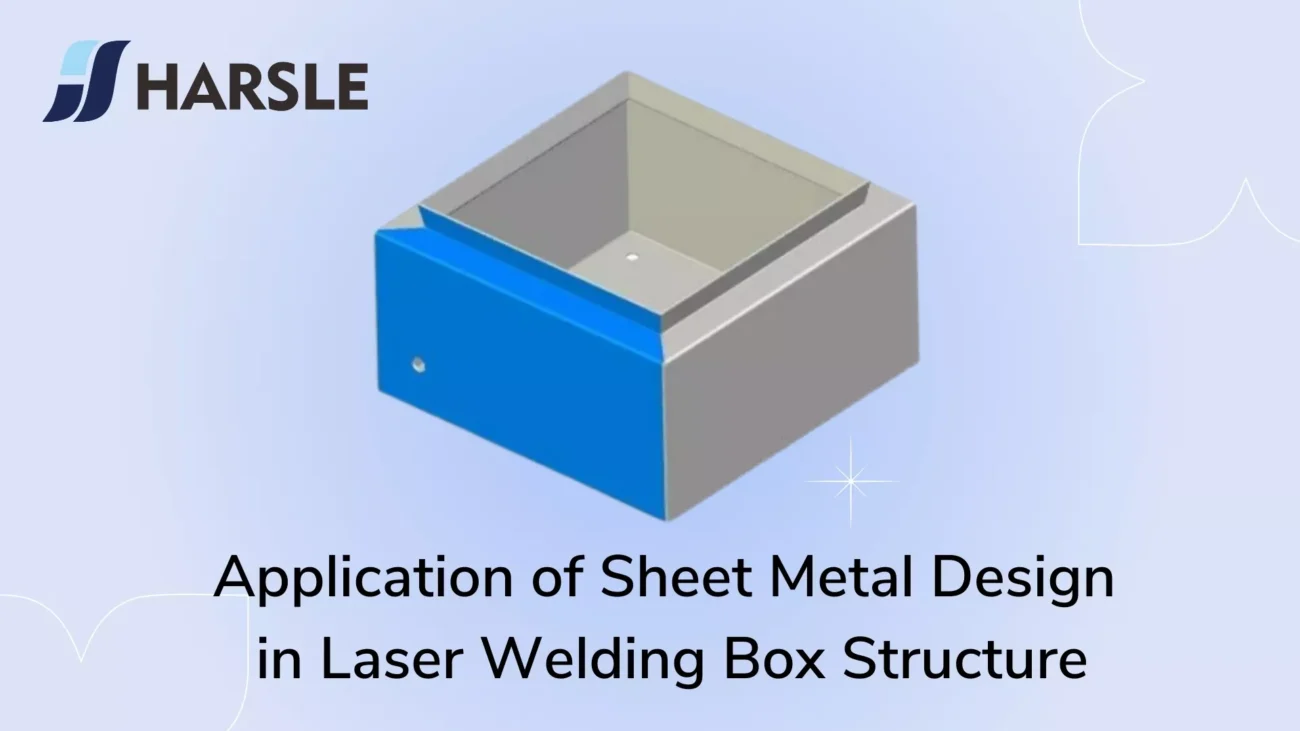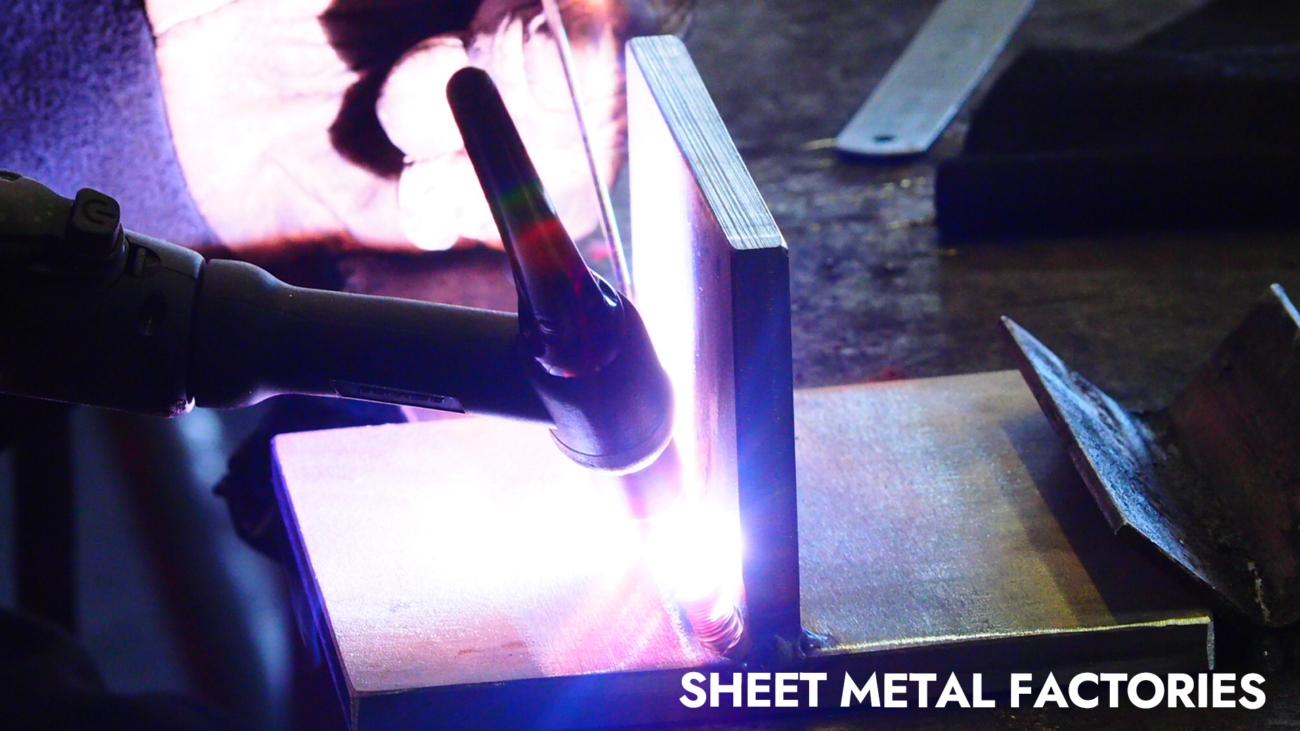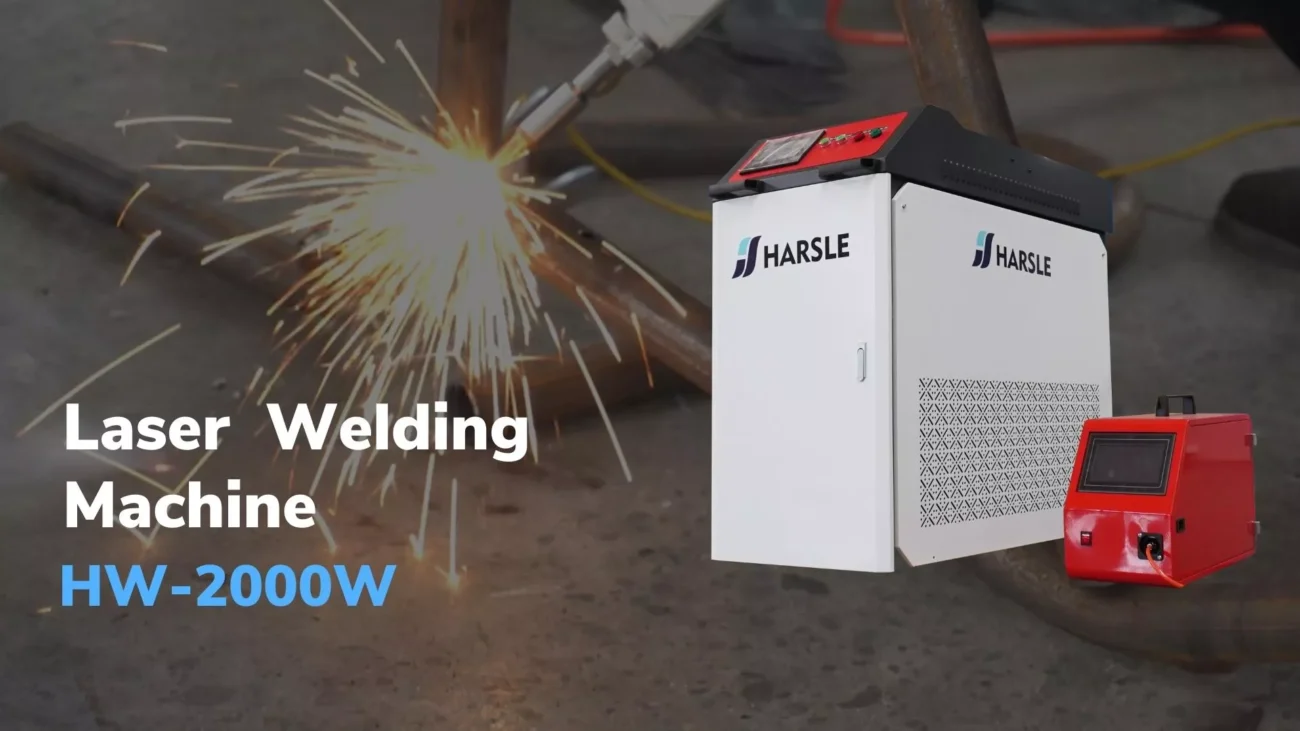6 Things You Should Know In Laser Welding Technology
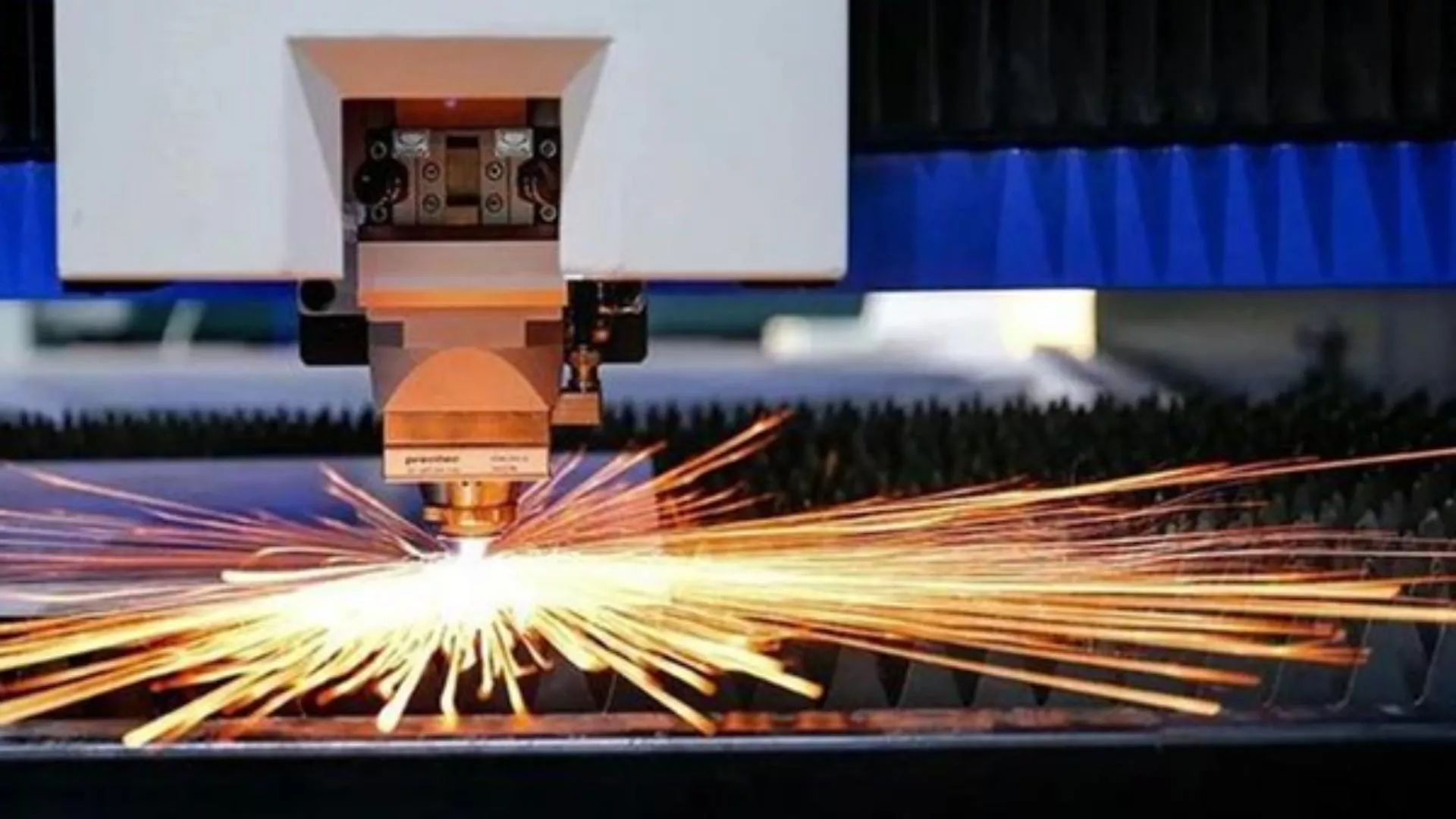
What is Laser Welding
Laser welding technology is a fusion welding technology that uses a laser beam as an energy source to make it impinge on the weldment joint to achieve the purpose of welding. It is composed of an optical oscillator and a medium placed between the mirrors at both ends of the cavity of the oscillator.
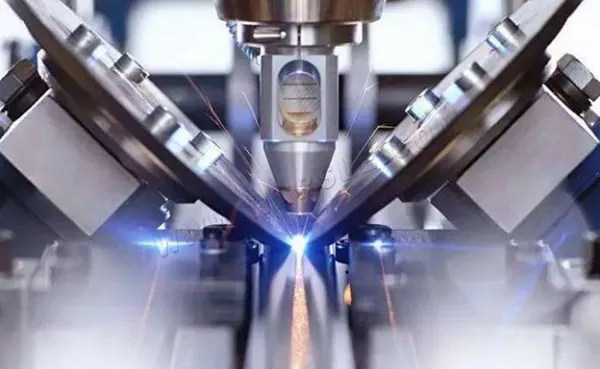
1. Basic Information
Excite electrons or molecules to produce concentrated and phase-identical light beams in the process of converting them into energy. The laser comes from the first letter of Light Amplification by Stimulated Emission Radiation.
It is composed of an optical oscillator and a medium placed between the mirrors at both ends of the cavity of the oscillator. When the medium is excited to a high-energy state, it begins to generate light waves of the same phase and reflect back and forth between the mirrors at both ends, forming a photoelectric string junction effect, amplifying the light waves, and obtaining sufficient energy to start emitting laser light.
The first laser beam in the world was produced by using a flashbulb to excite ruby grains in 1960. Due to the limitation of the heat capacity of the crystal, it can only produce a very short pulse beam with a very low frequency. Although the instantaneous pulse peak energy can be as high as 10~6 watts, it is still a low energy output.
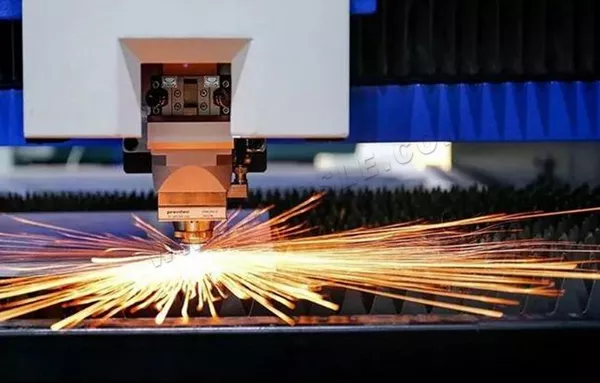
2. Features of Laser Welding
Laser welding significantly reduces heat input, resulting in a very small heat-affected zone with minimal metallographic changes and extremely low deformation caused by heat conduction. It eliminates the need for electrodes, avoiding issues of electrode contamination or damage. Because it is a non-contact process, equipment wear and deformation are also greatly minimized. In addition, the laser beam can be easily focused, aligned, and guided by optical instruments. This flexibility allows the beam to be positioned at an appropriate distance from the workpiece or directed between tools and obstacles where other welding methods cannot be used due to space constraints.
Another advantage of laser welding is that the workpiece can be placed in a closed or restricted space while welding operations are performed. The highly concentrated beam can be focused on a very small area, making it ideal for welding small or closely spaced components. It also allows for joining a wide range of materials, including different types of metals or heterogeneous materials that are difficult to weld by conventional methods. This capability significantly expands the range of industrial applications where high precision and flexibility are required.
Laser welding is also highly compatible with automation and digital control. High-speed welding processes can be easily integrated with computer or CNC systems, enabling consistent quality and productivity. When welding thin materials or fine-diameter wires, laser welding avoids many of the difficulties associated with arc welding, such as excessive heat input or distortion. These advantages make laser welding an efficient and versatile choice for manufacturers who need high-quality, precise, and reliable joints across diverse products and production environments.
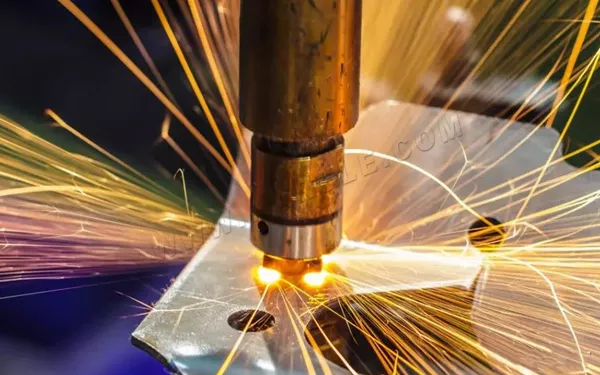
3. Advantages of Laser Welding
● The heat input can be reduced to the minimum required amount, the metallographic change range of the heat-affected zone is small, and the deformation caused by heat conduction is also the lowest.
● The welding process parameters of 32mm plate thickness single pass welding have been verified and qualified, which can reduce the time required for thick plate welding and even save the use of filler metal.
● There is no need to use electrodes, and there is no concern about electrode contamination or damage. And because it is not a contact welding process, the wear and deformation of the equipment can be minimized.
● The laser beam is easy to focus, align, and be guided by optical instruments. It can be placed at an appropriate distance from the workpiece and can be guided between tools or obstacles around the workpiece. Other welding methods cannot be used due to the above-mentioned space limitations.
● The workpiece can be placed in a closed space.
● The laser beam can be focused on a small area and can weld small and closely spaced parts.
● There is a wide range of weldable materials, and various heterogeneous materials can also be joined to each other.
● It is easy to automate high-speed welding, and it can also be controlled by digital or computer.
● When welding thin materials or thin-diameter wires, it will not be as easy to be troublesome as arc welding.
● It is not affected by the magnetic field (arc welding and electron beam welding are easy), and can accurately align the weldment.
● Can weld two kinds of metals with different physical properties (such as different resistances)
● No vacuum or X-ray protection is required.
● If perforated welding is used, the depth-to-width ratio of the weld bead can reach 10:1
● The device can be switched to transmit the laser beam to multiple workstations.

4. Advantage And Disadvantage
● The position of the weldment must be very precise and must be within the focus range of the laser beam.
● When the weldment needs to use a jig, it must be ensured that the final position of the weldment is aligned with the welding spots impacted by the laser beam.
● The maximum weldable thickness is restricted and the penetration thickness of the workpiece is far more than 19mm. Laser welding is not suitable for the production line.
● High reflective and high thermal conductivity materials such as aluminum, copper, and their alloys, etc., weldability will be changed by laser.
● When performing medium-to-high-energy laser beam welding, a plasma controller needs to be used to drive out the ionized gas around the molten pool to ensure the reappearance of the weld bead.
● The energy conversion efficiency is too low, usually less than 10%.
● The weld bead solidifies rapidly, and there may be concerns about porosity and embrittlement.
● The equipment is expensive.
5. Application
Laser welding machine technology is widely used in high-precision manufacturing fields such as automobiles, ships, airplanes, and high-speed railways, which has brought a significant improvement in people’s quality of life and has led the home appliance industry into the era of precision manufacturing.
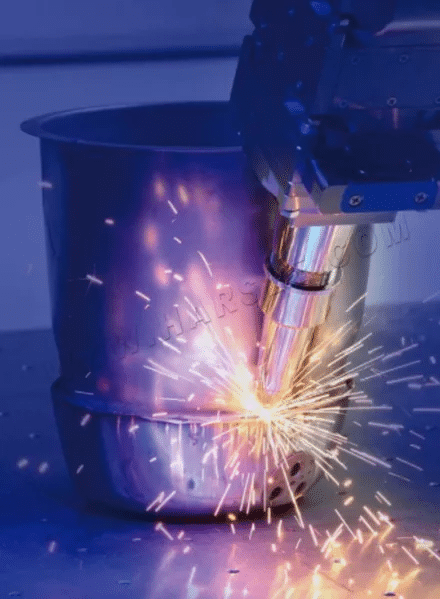
6. Advantages of hybrid welding
Laser hybrid welding technology offers notable advantages. It enables deeper penetration, larger gap tolerance, and improved weld toughness, while added filler materials can enhance the weld lattice structure. The process minimizes burn-through and sagging on the backside and has a wide application range with lower investment when using laser replacement technology. In laser–MIG inert gas welding, it delivers higher speeds, deep fusion, less heat input, and strong, narrow welds with minimal protrusion. This results in stable production, high equipment availability, reduced seam preparation and post-processing, shorter welding times, lower costs, higher efficiency, and excellent optical equipment compatibility.
However, the investment cost of laser hybrid welding in power equipment is relatively high. With the further expansion of the market, the price of power equipment will also drop, and laser hybrid welding technology will be applied in more fields. At least the laser hybrid welding technology is a very suitable welding process in the welding of aluminum alloy materials, and will become the main welding production tool in a long period of time.










Russia-Customer-Feedback-2.jpg)
